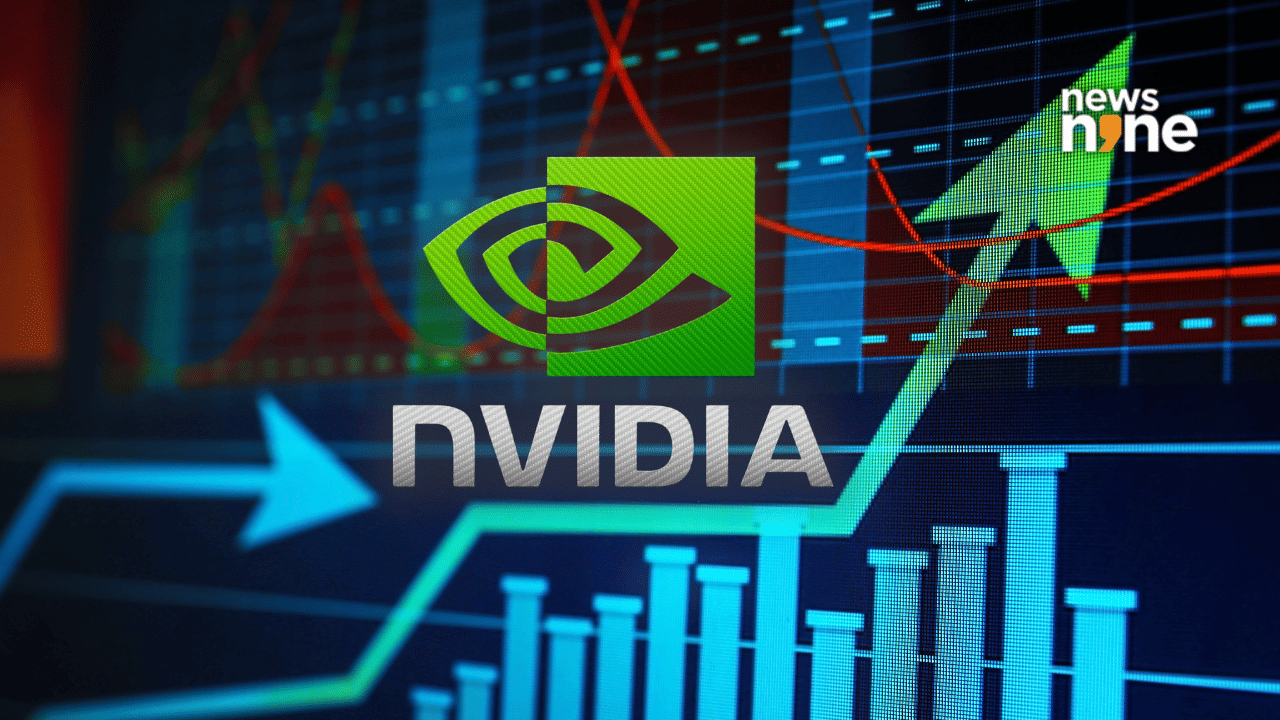New Delhi: Nvidia’s latest quarterly results have kicked off another debate in tech circles. Each time the company reports numbers, people bring back the old question. Are we in an AI bubble or is this the real shape of the future economy. The company’s performance in the third quarter has added fresh fuel to that discussion.
The chipmaker reported record revenue and record profit in the three months ending October 2025. That has pushed analysts to reassess their earlier predictions. It is also forcing many governments and companies to rethink their own AI timelines.
NVIDIA CEO Jensen Huang on record Q3 FY26 results. pic.twitter.com/aq5ACwLTXQ
— NVIDIA Newsroom (@nvidianewsroom) November 19, 2025
Nvidia posts record revenue of 57 billion dollars
Nvidia reported quarterly revenue of 57 billion dollars. This is 62 percent higher than the same period last year and 22 percent higher than the previous quarter. Net income on a GAAP basis was 32 billion dollars. Both numbers were well above Wall Street expectations.
The company’s earnings statement credited the performance to the surge in demand for data center products. Data center revenue for the quarter reached 51.2 billion dollars. Nvidia said this growth came from three shifts that have reshaped demand. The rise of accelerated computing, newer and more powerful AI models, and growing interest in agentic applications.
Nvidia founder and CEO Jensen Huang said in the earnings statement that “Blackwell sales are off the charts” and that “cloud GPUs are sold out.” He added that compute demand is “accelerating and compounding across training and inference” and described the current moment as a “virtuous cycle of AI.”
Inside Nvidia’s data center growth story
Data center compute revenue touched a record 43 billion dollars. Networking revenue hit 8.2 billion dollars, up 162 percent from a year ago. The company highlighted strong demand for its NVLink compute fabric for GB200 and GB300 systems. It also saw growth in XDR InfiniBand and Ethernet products meant for AI infrastructure.
Colette Kress, Nvidia’s chief financial officer, told shareholders that demand was driven by accelerated computing, powerful AI models and agentic applications. She said Nvidia announced AI factory and infrastructure projects amounting to five million GPUs in the quarter. Kress added that the demand spans cloud providers, sovereign buyers, large enterprises and supercomputing centers.
Blackwell Ultra, introduced earlier this year, has now become Nvidia’s leading architecture. Prior versions of the Blackwell lineup continue to see strong demand. Gaming, professional visualization and automotive segments also posted growth, though nothing close to the data center segment.

NVIDIA stock
China remains a weak spot
The company’s H20 GPU shipments were weaker than expected. Kress said shipments reached 50 million units because “sizable purchase orders never materialized in the quarter due to geopolitical issues and the increasingly competitive market in China.” She added that Nvidia will keep engaging with both the US and China governments.
This is one of the few areas where Nvidia’s growth story slowed. The company said its China facing products have seen pressure from new restrictions and local competitors.
Cash flow, expenses and supply chain
Nvidia ended the quarter with 60.6 billion dollars in cash, cash equivalents and marketable securities. Operating cash flow was 23.8 billion dollars. Inventory increased to 19.8 billion dollars as the company secured long lead time components for future Blackwell and next generation products.
Operating expenses increased year on year because of higher compensation, engineering development and infrastructure costs.
Fourth quarter outlook
For the fourth quarter of fiscal 2026, Nvidia expects revenue of 65 billion dollars plus or minus two percent. The company expects a GAAP gross margin of 74.8 percent and a non GAAP gross margin of 75 percent. Operating expenses are expected to remain around current levels.
The AI bubble question
These results bring back the question that has been floating on social media for months. Are we in a AI bubble. Nvidia’s performance reflects a company that is sitting at the center of the AI supply chain. Every large model, every major data center upgrade and every new AI startup depends heavily on Nvidia GPUs. The latest earnings show that the demand for compute has not slowed. And if the company’s forecast holds, the next quarter could be even bigger.
